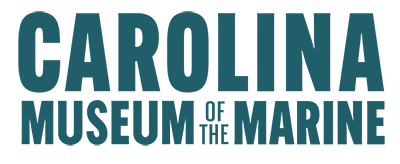Front and Center Newsletter – Vol. 3, No. 10, October 2024
Mission
Honor, preserve, and teach the legacy of Carolina Marines and Sailors.
Showcase the Marine example to inspire future generations.
Message from the CE0
Dear Marines and Sailors, Friends and Family,
Please join me in welcoming MajGen Joe Shrader, USMC (Ret) as the new CEO of the Carolina Museum of the Marine. He is exactly the right Marine to take us to the finish line!
Over the past two years, it has been an honor and a privilege to serve as the CEO. The mission of the Carolina Museum of the Marine has been a driving force in my professional life, and I am immensely proud of what we have achieved together. The support and dedication of the board, staff, volunteers, supporters, and the community have been invaluable, and I am grateful for the opportunity to work alongside such a passionate team.
I am deeply grateful for the trust and confidence you have placed in me, and I remain enthusiastic about the museum’s future and its continued impact within our community. Great things are on the horizon and the grand opening in the spring of 2026 will be here soon!
With heartfelt appreciation and best wishes,
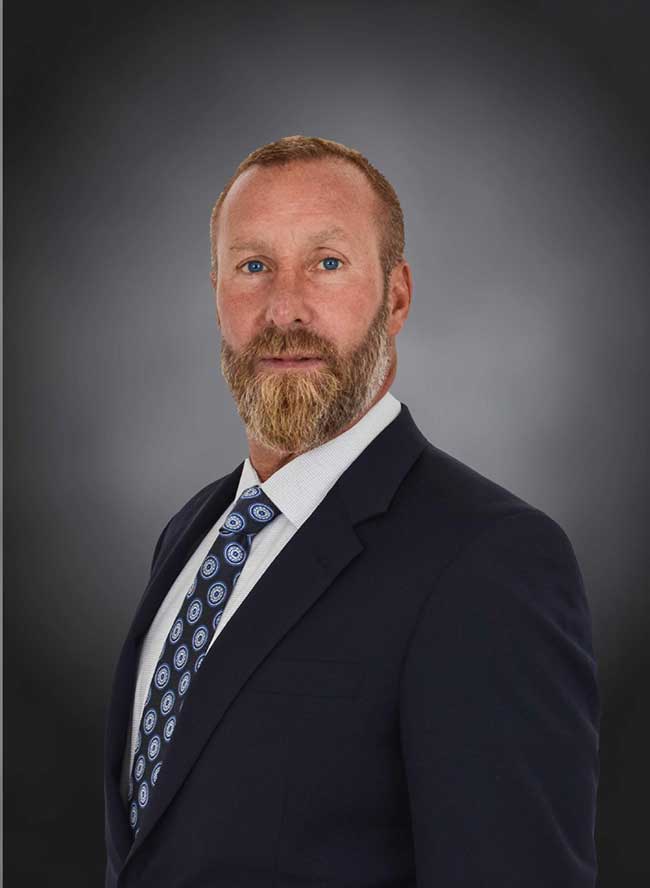

BGen Kevin Stewart, USMC (Ret)
Chief Executive Officer
Principles and Traits of Marine Corps Leadership, Part XI
by James Danielson, PhD
Marine Veteran

We have arrived at the eleventh and final principle of Marine Corps Leadership: seek responsibilities and take responsibility. The idea of responsibility asserted in this leadership principle is comparable to the ideas of duty and obligation, but there is another, compatible meaning one may attach to “responsibility” that can cast some light on the idea of responsibility as a quality of one’s character. In 1962, an ethicist at Yale University named H. Richard Niebuhr gave a series of lectures in ethics in Scotland and the United States, later published as The Responsible Self. In part Niebuhr had in mind an effort to resolve a problem in contemporary ethics. In the mid-20th century, there were two broad classes of moral theories intended to explain why an action thought to be morally right is in fact morally right. One class of theories rests on the view that what makes an action right is the quality of the outcome, that is, it creates for people more benefits than burdens. Among the problems with this position is that if the outcome of an act justifies it, then one cannot know until an act is done whether it is morally right. In other words, moral theories that claim actions are justified by their consequences cannot guide our action before we act.
The other broad class of moral theories holds that conformity to moral duty is what justifies an action. Of course, this raises the question of how reliably to identify our moral duty, but in practice, duty-based moral theories are subject to unworkable rigidity. We can say with some confidence that it is morally wrong to tell lies, but does this mean it is always wrong to lie? For example, does a war that is clearly just become unjust because we use deception in battling the enemy? Perhaps a more everyday example of this involves a beloved aunt with a passion for silly-looking hats who buys yet another one and asks you what you think of it.
Many people by mid-century could see that outcome-based and duty-based moral theories were defective, but too many thinkers sought to contrive “fixes” that never worked. The reason for this is that modern moral philosophy tended to treat people as moral technicians possessing the skill of applying a theory to the situations in which a moral choice is to be taken, rather than attending to human beings as moral creatures in need of growth and development. Before the modern era, thinkers in the West were concerned with the moral quality of a human being and with how one comes to be a well-developed person. This concern was largely dropped in the early modern period in preference to focusing on what makes an action right and what makes an action wrong. The problem with seeking to explain the rightness of an act with reference to just one feature of it, like an act’s outcome or its conformity with duty, is that moral action is complex involving not only what is done, but the inner processes by which a person chooses a particular action. In the Middle Ages, it was common to hold that in order to evaluate the moral quality of an action one needed to know what was done, the circumstances under which it was done, and the intention of the one who acted. This approach takes proper regard for the moral dignity of the human person by recognizing that we often have to assess a situation and act according to that assessment, and that often there is no single correct assessment of a situation. Niebuhr sought to revive the concern for people as morally and intellectually developed individuals who are able to see the right thing to do in the many different circumstances in which we must act. The responsible self responds to others in their situations, addressing them as fellow human beings engaged together in common enterprises that often require skill, cooperation, and the honesty without which cooperation is not possible.
The eleven principles of Marine Corps leadership and the fourteen traits of a leader describe someone who is well developed morally and intellectually. This is clear when we recognize that moral and intellectual development are concerned with bringing discipline to the will and to the mind so that the two may function together identifying and choosing what ancient thinkers would have called the right things at the right time in the right way for the right reasons. This is what is intimated in the first principle of leadership: know yourself and seek self-improvement. One may think with good reason that this principle is first on list of leadership principles because leaders are human beings endowed with the human nature that is common to us all with both its strengths and its weaknesses. A well-developed person is a human being who has worked over time to convert the moral and intellectual potential latent in all of us at birth into actual skills of mind and body. A leader should develop a sense of responsibility among subordinates, but central to doing this is setting the example by seeking responsibilities and taking responsibility.
READ MORE …
Major General Lewie G. Merritt
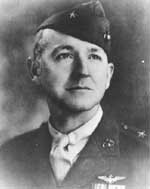
Lewie Merritt was born in Ridge Spring, South Carolina on June 26, 1897. In 1917, at the age of 19, Merritt graduated from the Citadel in Charleston and received a commission as 2nd Lieutenant in the Marine Corps. In 1918, Merritt served in France, fighting in the Battle of Belleau Wood. In 1923, he went to the naval air station in Pensacola, Florida to train as a pilot, becoming a naval aviator in January of 1924. Merritt graduated from the law school of George Washington University and joined the Navy Judge Advocate Generals Office in Washington, D.C.
Lewie Merritt was among the first Marine Corps aviators to qualify to fly from aircraft carriers, and participated in developing the practices of dive bombing and close-air support, which helped to integrate aviation into Marine Corps combat operations. In 1941, Merritt became commander in Fleet Marine Force Pacific where he established the 2d Marine Aircraft Wing in Hawaii developing defenses for Midway and Wake Islands, but served in the Pacific only a short time before being promoted to brigadier general in January of 1942, serving in the U.S. Embassy in London as air attache. During WWII, General Merritt was assigned to command the 4th Marine Aircraft Wing that provided air support to Marine amphibious operations in the Pacific and contributed to the successes at Kwajalein and Tarawa. General Merritt was the only Marine aviator to serve in both the Asian and European theaters of war in WWII.
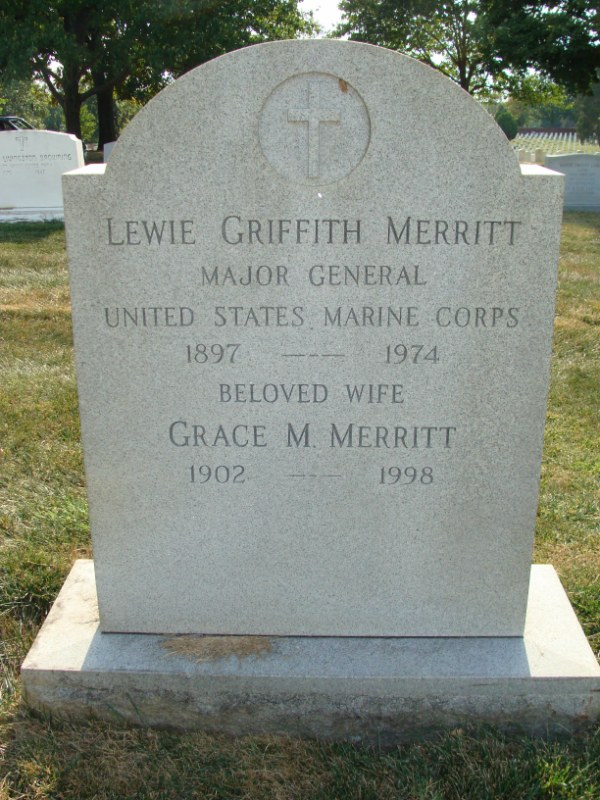
MajGen Merritt retired from the Marine Corps in 1947, returning to South Carolina where he practiced law in Columbia, and served as director of the South Carolina Legislative Council, a post to which he was appointed by Governor Strom Thurmond. Lewie Merritt died on March 24, 1974 at Ft. Sam Houston, Texas and was buried at Arlington National Cemetery.
In 1975, the airfield at MCAS Beaufort was renamed as Merritt Field in honor of MajGen Lewie G. Merritt of Ridge Spring, South Carolina
Valor and Virtue:
Videos
Meet Senior Chief Joe Speranza, USN (Ret)
See more interviews with Carolina Marines and Sailors
on our website at Al Gray Marine Leadership Forum.
VISIT OUR ONLINE GIFT SHOP!

Please join us in supporting the mission of
Carolina Museum of the Marine.
When you give to our annual campaign, you help to ensure that operations continue during construction and when the doors open!
Stand with us
as we stand up the Museum!
Copyright October 2024. Carolina Museum of the Marine
2023-2024 Board of Directors
Executive Committee
LtGen Mark Faulkner, USMC (Ret) – Chair
Col Bob Love, USMC (Ret) – Vice Chair
CAPT Pat Alford, USN (Ret) – Treasurer
Mr. Mark Cramer, JD – Secretary
In Memoriam: General Al Gray, USMC (Ret)
MajGen Jim Kessler, USMC (Ret)
Col Grant Sparks, USMC (Ret)
Gen Kevin Stewart, USMC (Ret), CEO, Ex Officio Board Member
Members
Col Joe Atkins, USAF (Ret)
Mr. Mike Bogdahn, US Marine Corps Veteran
Mr. Keith Byrd, US Marine Corps Veteran
MGySgt Osceola “Oats” Elliss, USMC (Ret)
Mr. Frank Guidara, US Army Veteran
Col Chuck Geiger, USMC (Ret)
Col Bruce Gombar, USMC (Ret)
LtCol Lynn “Kim” Kimball, USMC (Ret)
CWO4 Richard McIntosh, USMC (Ret)
The Honorable Robert Sander, Former General Counsel of the Navy
LtGen Gary S. McKissock, USMC (Ret)
Col John B. Sollis, USMC (Ret)
GySgt Forest Spencer, USMC (Ret)
Staff
BGen Kevin Stewart, USMC (Ret), President and Chief Executive Officer
Ashley Danielson, Civilian, VP of Development
SgtMaj Steven Lunsford, USMC (Ret), Operations Director
CWO5 Lisa Potts, USMC (Ret). Curator


